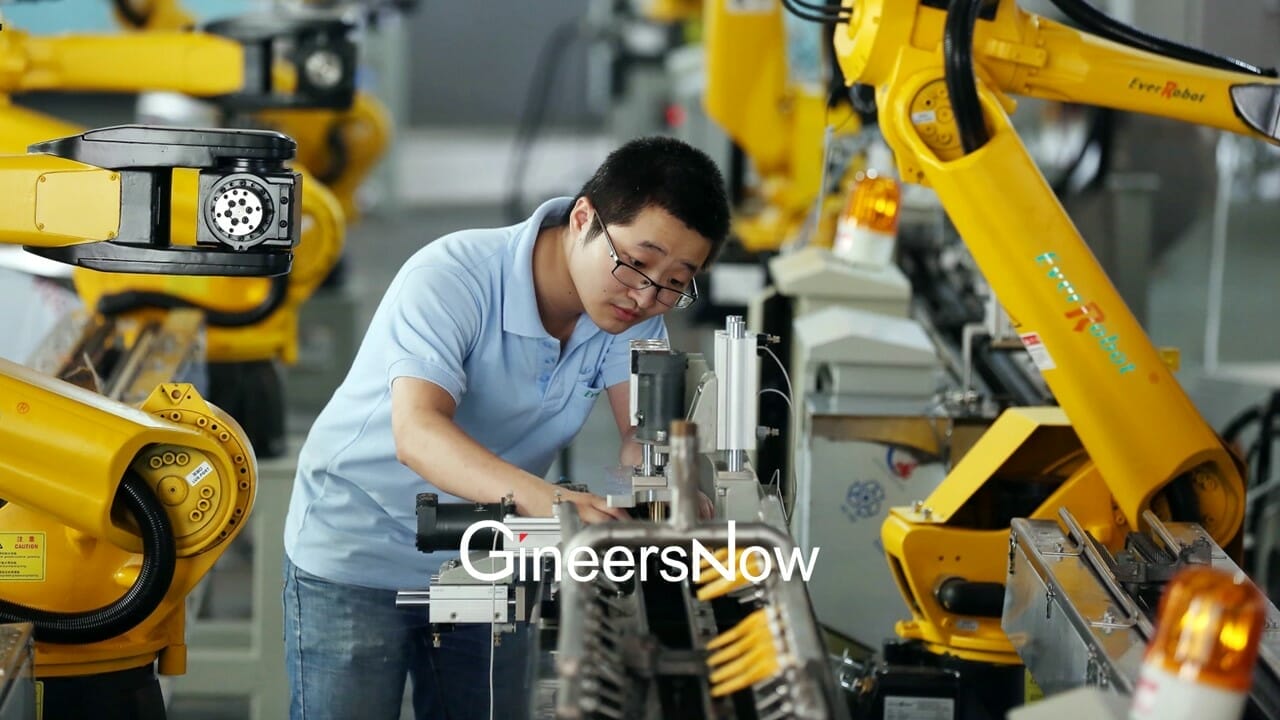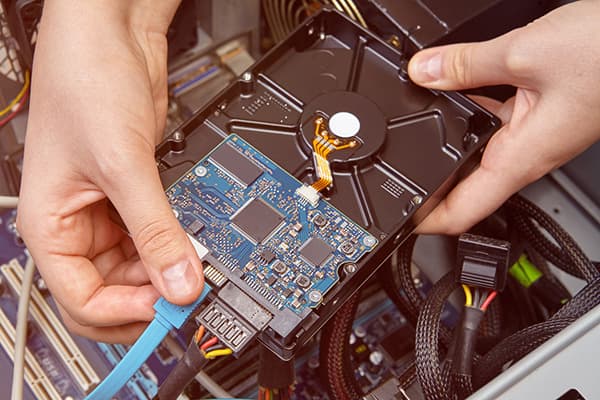The dynamics of technology use and disposal are rapidly evolving. Nearly two years ago, the world produced a massive 62 million tonnes of electronic waste, with only a small portion being recycled effectively. This accumulation of e-waste presents serious environmental and health hazards. As we progress through 2024, learning to procure electronics in an environmentally responsible manner is no longer just an individual prerogative but a collective imperative. This situation calls for a reassessment of our buying behaviors and the overall lifespan of the devices we utilize. Let’s examine ways you can engage in this initiative and make greener choices in your electronic acquisitions.
Criteria for Choosing Sustainable Electronics
When selecting sustainable electronics, it is important to go beyond price and features. Consideration should be given to the energy efficiency of devices, materials used in manufacturing, labor practices, and environmental impact by manufacturers. Devices with Energy Star certification or a high rating from EPEAT are more viable options for sustainability.
At the same time, modularity indicates eco-friendliness since replacement parts can be sourced rather than discarding entire products. To ensure ethical sourcing and production tactics, consumers must evaluate manufacturer supply chain transparency. Companies like Fusion Worldwide are the perfect embodiment of transparency and commitment, ensuring that the Fusion electronics you need are sourced ethically. In addition to focusing on sourcing new components, Fusion also manages excess inventory and mitigates supply chain disruptions, supporting sustainable practices in the electronics industry.
By choosing to work with companies that prioritize ethical sourcing and sustainable production methods, such as Fusion Worldwide, consumers can make informed decisions that better align with protecting the environment and supporting responsible labor standards.

Grasping the Lifecycle of Electronics
Every piece of electronic equipment undergoes several phases in its lifecycle, ranging from the extraction of raw materials and manufacturing of the product to its usage and eventual disposal. Each stage exerts a different environmental impact, involving energy consumption, waste generation, or greenhouse gas emissions. If you understand these phases thoroughly, you can make informed decisions that extend the life of your devices and minimize your broader environmental footprint.
For instance, selecting devices that are made to last can decrease the necessity for frequent replacements. Furthermore, picking items created with sustainable methods supports industries that focus on environmental health. Also, customers could potentially steer market trends by requesting more sustainable products. In turn, this may push companies towards adjustments and inventive solutions. Understanding these lifecycle phases helps you promote and select items that follow the same principles.
The Role of Refurbished and Recycled Electronics
Refurbished and recycled electronics provide a viable alternative to buying new ones, helping to reduce the demand for raw materials and decrease e-waste. Companies that specialize in refurbished electronics play a crucial role in this market, offering consumers access to high-quality pre-used products.
By buying these devices, consumers not only fuel the demand for recycled products but also motivate companies to allocate resources towards sustainable refurbishing methods. It is essential to acquire refurbished electronics from trusted vendors that provide guarantees and clear details regarding the product’s state and background.
Opting for refurbished items not only saves resources but also alleviates the environmental impact linked with manufacturing new electronics. Advocating for this market fosters a circular economy, where products are consistently reused and recycled instead of being discarded, thus prolonging the utility of the resources employed.
Innovations in Sustainable Electronics
Recent strides in technological research have enabled the production of more sustainable electronic devices. These advances have introduced biodegradable electronics, enhanced battery technology to boost recyclability, and implemented manufacturing methods that use safer materials. Companies at the forefront of these changes are revolutionizing the market and setting new standards for environmental responsibility in the electronics industry. Investing in environmentally friendly technologies is crucial as it reduces costs and extends the reach of sustainable products.
By allocating resources to these innovative technologies, consumers significantly bolster the demand for greener products. Furthermore, these technological strides are likely to dramatically reduce the environmental impact of the electronics sector over time.
How to Properly Recycle Electronics
Correct disposal of electronics is essential to avoid e-waste and reclaim valuable materials. Numerous components of electronic devices, including metals, plastics, and glass, are recyclable. Local government initiatives, electronics retailers, and specialized recycling firms often provide services that assist consumers in safely and effectively recycling old electronics.
Engaging in proper recycling practices also educates communities about the value of recovering resources. Ensuring your electronics are disposed of through appropriate channels prevents hazardous materials from damaging the environment and helps with the recovery of valuable materials that can be reused, thus reducing the need for new raw material extraction and its environmental impact.
Advocating for Change
Beyond individual actions, advocating for systemic change in the production and disposal processes of electronics can yield substantial environmental benefits. Supporting policies that demand greater accountability from manufacturers for their products’ life cycles and engaging in consumer advocacy groups can steer the electronics industry toward more sustainable practices.
Personal choices, when combined with collective advocacy, forge a strong influence for change within the sector. Participating in community education and policy advocacy generates widespread engagement, prompting others to join these efforts. This united action is crucial for driving industry-wide changes that can greatly diminish the ecological impacts of electronic production and waste.
Conclusion
Opting to source electronics sustainably and effectively is a crucial step in reducing the impact of electronic waste on our environment. By becoming well-informed, choosing refurbished or certified devices, and recycling old electronics correctly, you can make a significant difference. Each step you take toward sustainability supports a broader global movement towards environmental stewardship. Remember, each sustainable choice contributes to our collective effort to protect the environment.












